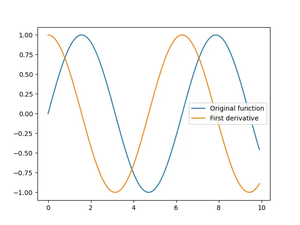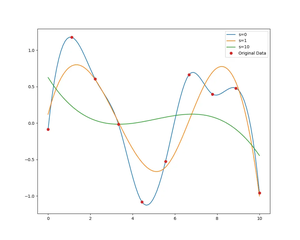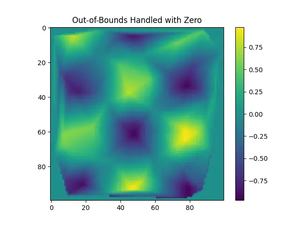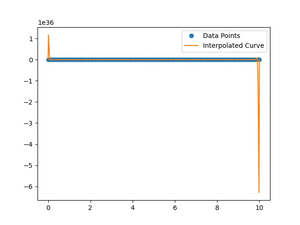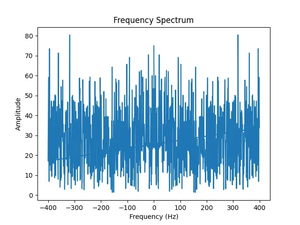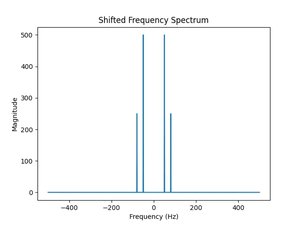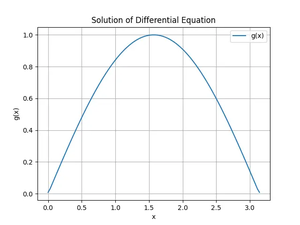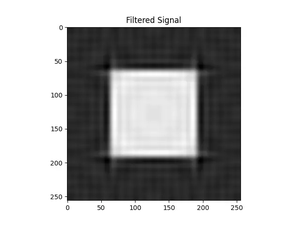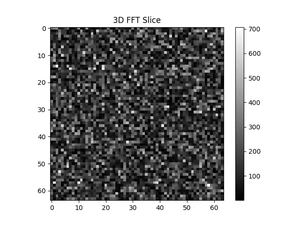Introduction
Understanding the ndarray.any() method in NumPy is crucial for anyone embarking on data analysis or scientific computing with Python. This method is part of the broader NumPy library, a cornerstone for numerical computing in the Python ecosystem. In this guide, we will explore the ndarray.any() method through four progressive examples that illuminate its versatility in handling arrays.
What is the ndarray.any() Method Used fo?
Before diving into the examples, let’s define what the ndarray.any() method does. In essence, it tests whether any element along a specified axis in an array evaluates to True. It is particularly useful for checking the presence of non-zero items or the fulfillment of certain conditions within an array.
Syntax:
numpy.ndarray.any(axis=None, out=None, keepdims=False)Parameters:
axis: (Optional) Axis or axes along which the product is computed. By default, the product is computed over the flattened array.dtype: (Optional) Data type of the returned array. If not specified, the data type of the array is used.out: (Optional) Output array where the result is placed.keepdims: (Optional) If True, the axes which are reduced are left in the result as dimensions with size one.
Example 1: Basic Usage
import numpy as np
array = np.array([0, 1, 2, 3, 4])
result = array.any()
print(result)
# Output: True
This example illustrates the most direct use of ndarray.any(). We create a simple array and call the method without specifying any axis. Since the array contains non-zero elements, the method returns True.
Example 2: Testing Along an Axis
import numpy as np
array = np.array([[0, 0], [1, 0]])
result = array.any(axis=0)
print(result)
# Output: [True, False]
In this scenario, we’re working with a 2D array and testing each column (axis=0) for any non-zero elements. The return value is an array of boolean values corresponding to each column.
Example 3: Working with Conditions
import numpy as np
array = np.array([1, 2, 3, 4, 5])
condition = array > 3
result = condition.any()
print(result)
# Output: True
This example takes a more nuanced approach by first applying a condition to the array. Here, we check if any of the elements are greater than 3. The condition.any() call then examines if any values in the resulting boolean array are True.
Example 4: Using any() with Multidimensional Arrays
import numpy as np
array = np.array([[[0, 0, 1], [0, 0, 0]],
[[0, 1, 0], [0, 0, 0]]])
result = array.any(axis=2)
print(result)
# Output:
# [[ True, False],
# [ True, False]]
For a more complex case, we explore the use of any() in a three-dimensional array. Specifying axis=2 allows us to examine each sub-array within the 3D structure for any non-zero element, providing a 2D array of boolean results.
Conclusion
The ndarray.any() method in NumPy is a powerful tool for efficiently determining the presence of non-zero or condition-meeting elements in arrays. Whether working with simple or complex arrays, understanding how to leverage this function can significantly enhance your data analysis workflows.
